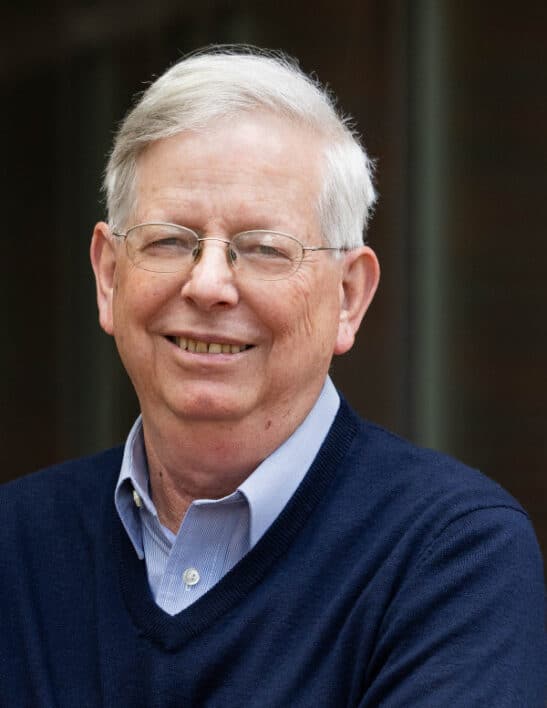Since the earliest days of environmental policy there has been an ongoing and robust debate over the roles of pollution pricing on the one hand, and direct regulatory and governmental programs on the other hand, as tools to reduce pollution levels equitably and efficiently. Today, as European decision-makers simultaneously negotiate the rules for the 4th Phase of the European Union’s Emissions Trading System (ETS), alongside the broad elements of the Clean Energy for All Europeans-package, we have a unique opportunity to revisit the relationship between market-based and direct regulatory measures in Europe. Indeed, recent proposals for reforming the EU ETS discussed in the Council of the European Union show increasing political appetite to find a balanced and lasting relationship between the EU emissions trading system and other dedicated policies that also contribute to reducing carbon emissions, such as those on energy efficiency or renewable energies.
It is against this background that this paper, co-authored by RAP, Agora Energiewende, and Sandbag, offers a proposal to create a “virtuous cycle” among these policies. We believe that the EU ETS and the policies in the Clean Energy for All Europeans-package can work in a mutually reinforcing way, through a mechanism that would link the number of allowances auctioned in a given year, and the number of allowances kept in the Market Stability Reserve, to the number of allowances actually used in a recent, representative multi-year period. This would be a dynamic starkly different from the one we have been witnessing so far.


